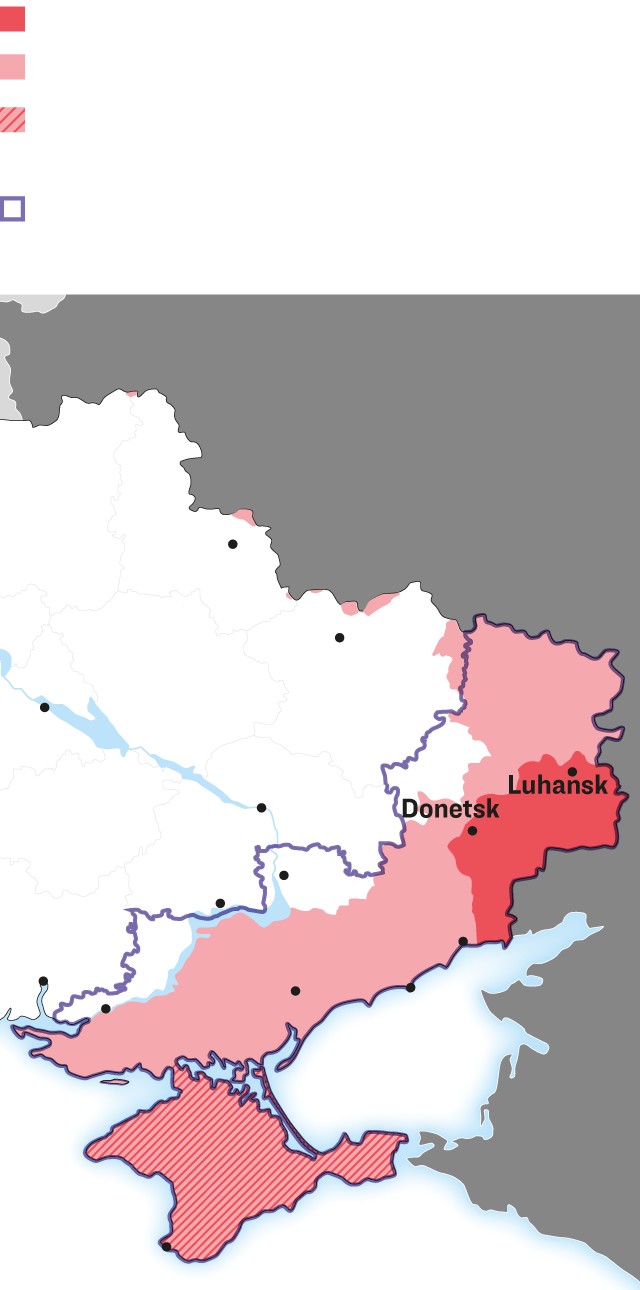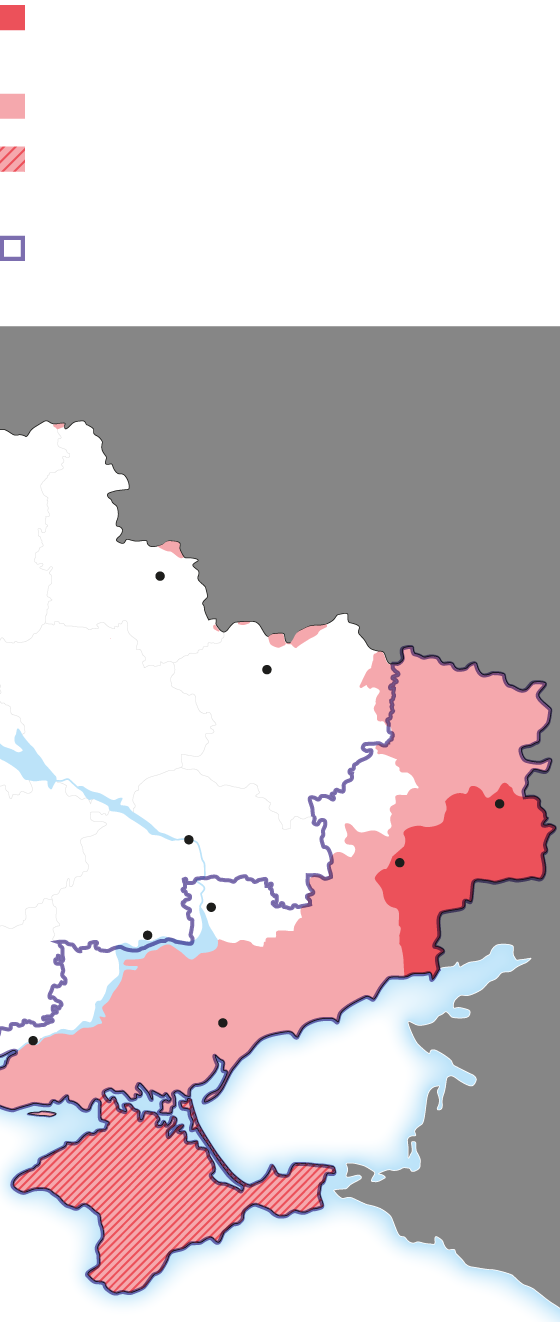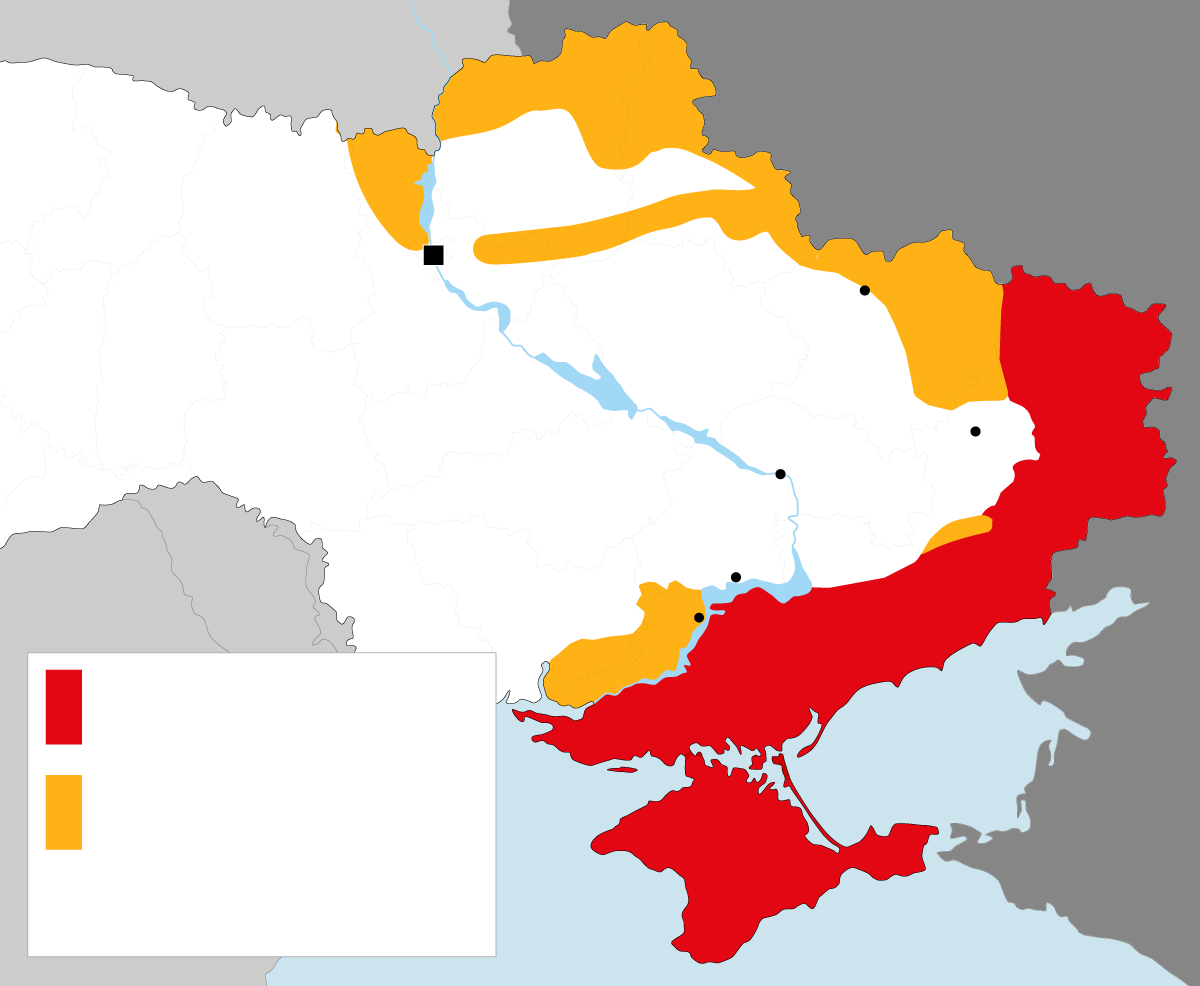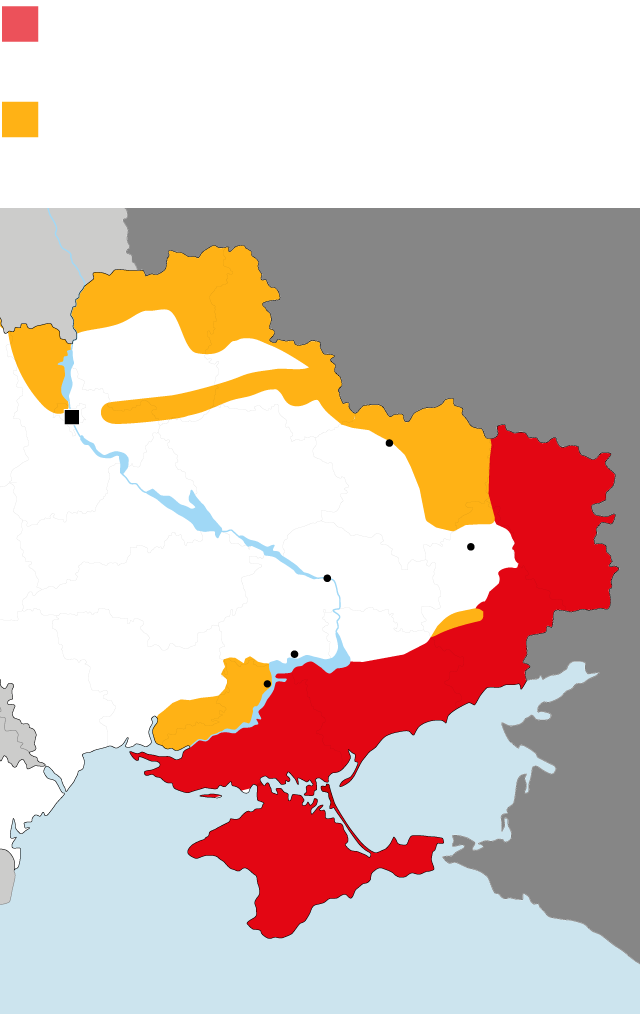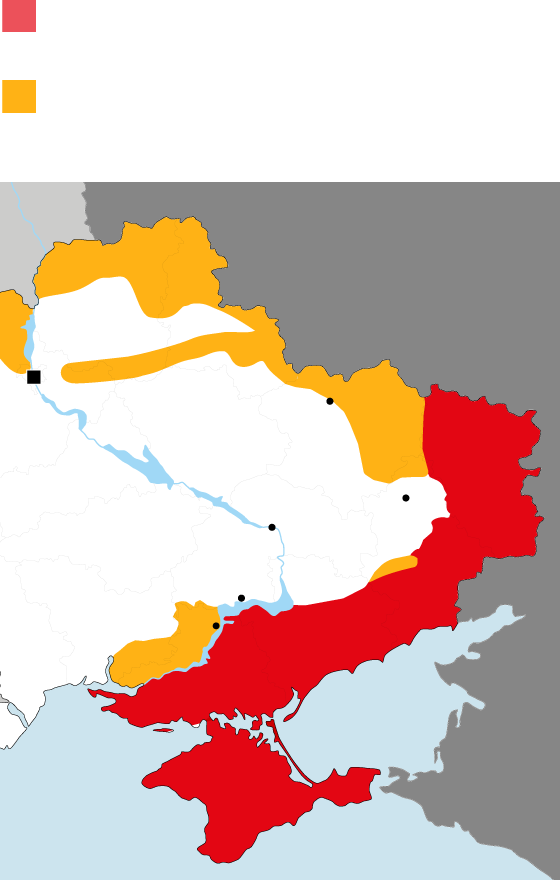Maps to understand which territories are at stake in the negotiations on Ukraine
Putin's maximalist demands clash with those of Zelensky, who refuses to give up any region despite pressure from Trump.
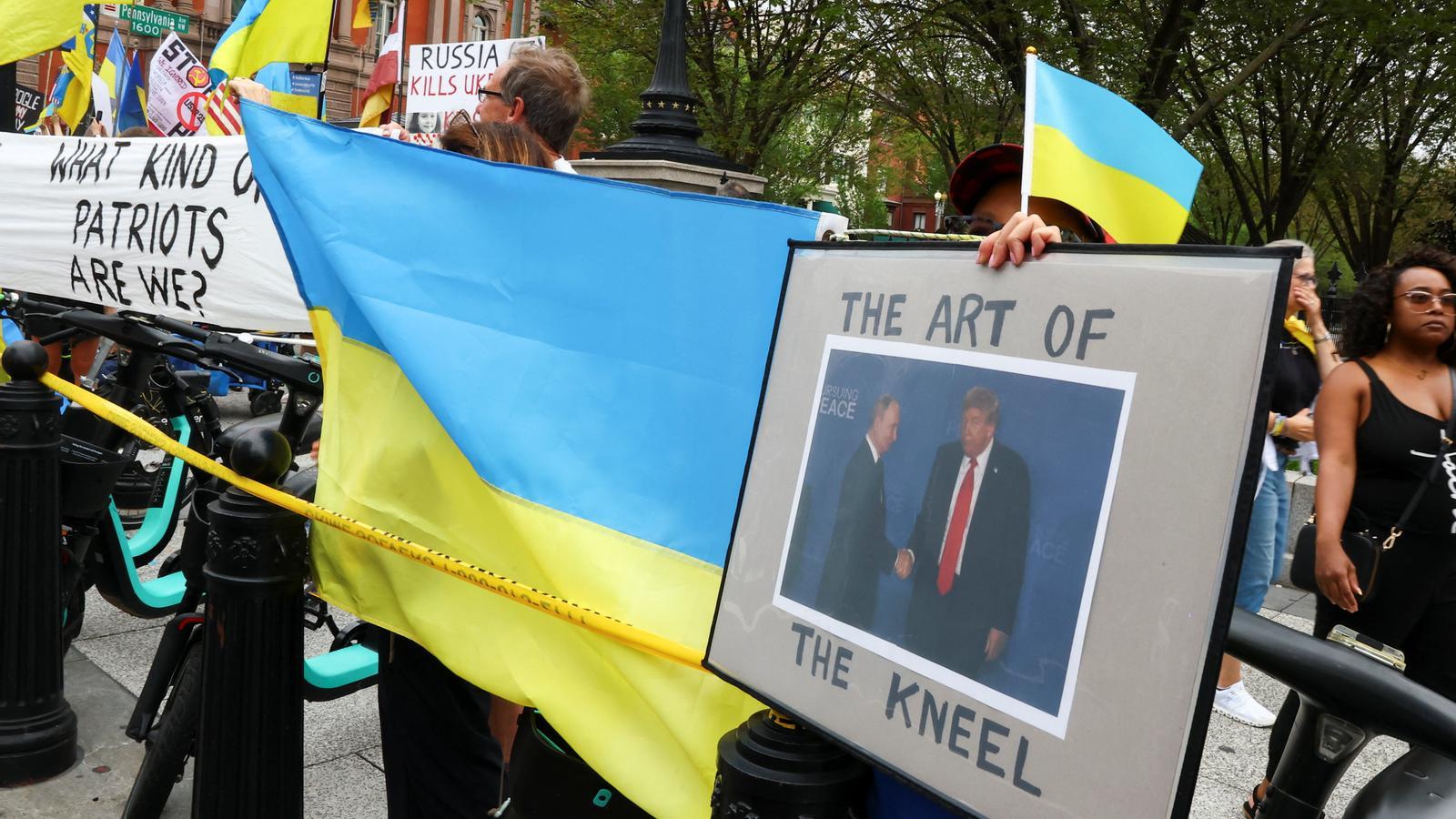
BarcelonaVladimir Putin and Donald Trump's meeting last week in Alaska has apparently accelerated the diplomatic machinery to try to end the war in Ukraine. One of the key issues, like all wars, is the cession of territories. Russia is starting from a maximalist position, which includes keeping the Crimean peninsula, which it already controls since its illegal annexation in 2014, and four other Ukrainian provinces: Donetsk, Luhansk, Kherson, and Zaporizhia. Ukrainian President Volodymyr Zelensky remains firm in his position of protecting the country's territorial sovereignty; that is, he does not want to hear about any cession, a position also defended by his European allies. However, in the United States, Donald Trump has considered that Zelensky should give in. at least the Crimean peninsula.
Moscow's position is extreme because it doesn't even match the territory it has managed to occupy by force. It is estimated that Russia controls about 114,500 km2Ukraine, or about 19% of the country. But Putin is trying to go further and keep the provinces he annexed in September 2022. after calling for pseudo-referendums without any democratic guarantees.
The Crimean Peninsula, 100% controlled by Russia, has an area of about 27,000 km2In Donbas—which includes much of Donetsk and Luhansk provinces—Russian troops have occupied 88% of the territory: all of Luhansk and 75% of Donetsk, where Putin's army has been focusing its war efforts for months. In Zaporizhia and Kherson provinces, Russia controls approximately 70% of the territory.
Offensives and counteroffensives
Although Russian forces advanced significantly at the start of the full-scale war in February 2022, the Ukrainian army was able to push them back by the fall of that same year. Since then, the front lines have not shifted significantly, although Russia has been making slow advances, particularly in the east of the country. In addition to these four provinces, Moscow has occupied small areas of the Mykolaiv and Dnipropetrovsk regions in the south, and Kharkiv and Sumi in the northeast, bordering Russia.
In contrast, Ukraine does not control any internationally recognized Russian territory. In August of last year, it launched an incursion into Russia's Kursk region, seeking to gain territory for negotiations, but Russian forces managed to recapture virtually all of the ground occupied by Ukrainian soldiers.
Areas rich in natural resources
The Donbas, the territory disputed since 2014, is one of Ukraine's most important areas in terms of natural resources, with large coal reserves that fueled much of the country's energy grid and steel production. Furthermore, before the war, it was the country's industrial engine thanks to metallurgy and mining.
It is also an area rich in hydrocarbons, essential minerals such as lithium, titanium, and rare earths, indispensable for the green energy and defense sectors. Furthermore, Donbas plays a fundamental role in agriculture, as its water resources support the sector throughout southern Ukraine and supply Crimea, which suffers from chronic water shortages.
In a recent report, the Center for International Relations and Sustainable Development (CIRSD) emphasized that the areas claimed by Russia "are not only fundamental to Ukraine's sovereignty, but also to Europe's energy independence and the competition between the United States and China for technological dominance."

